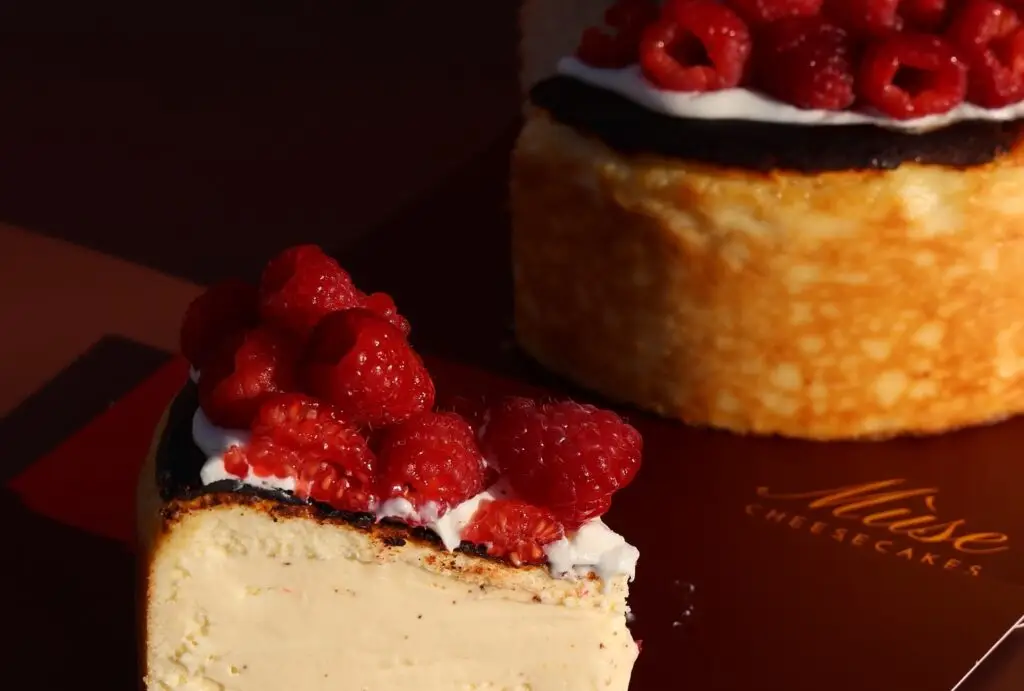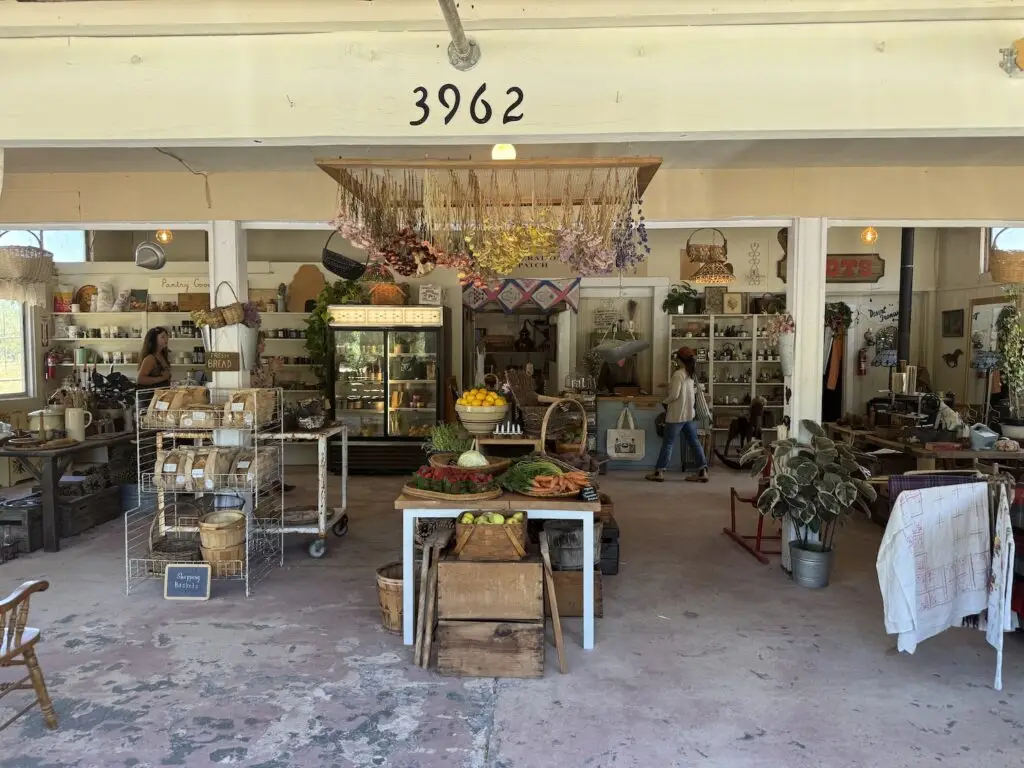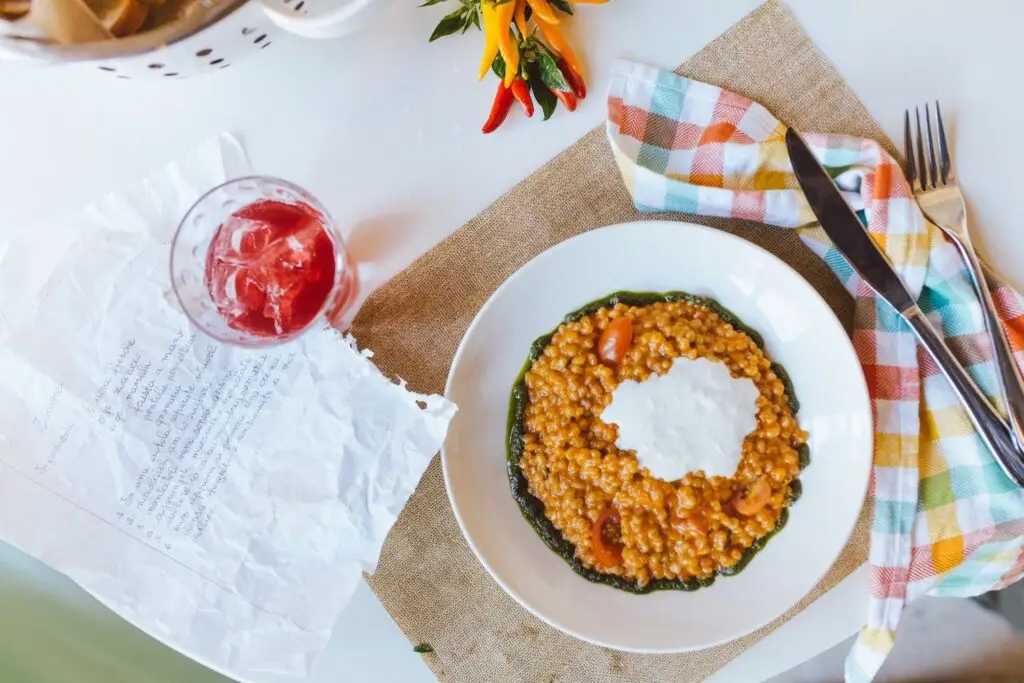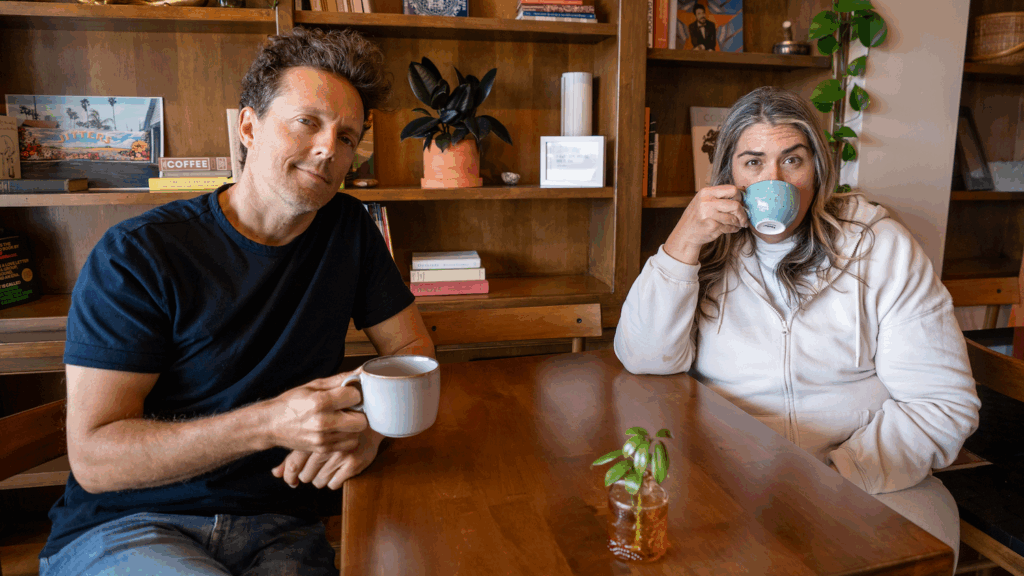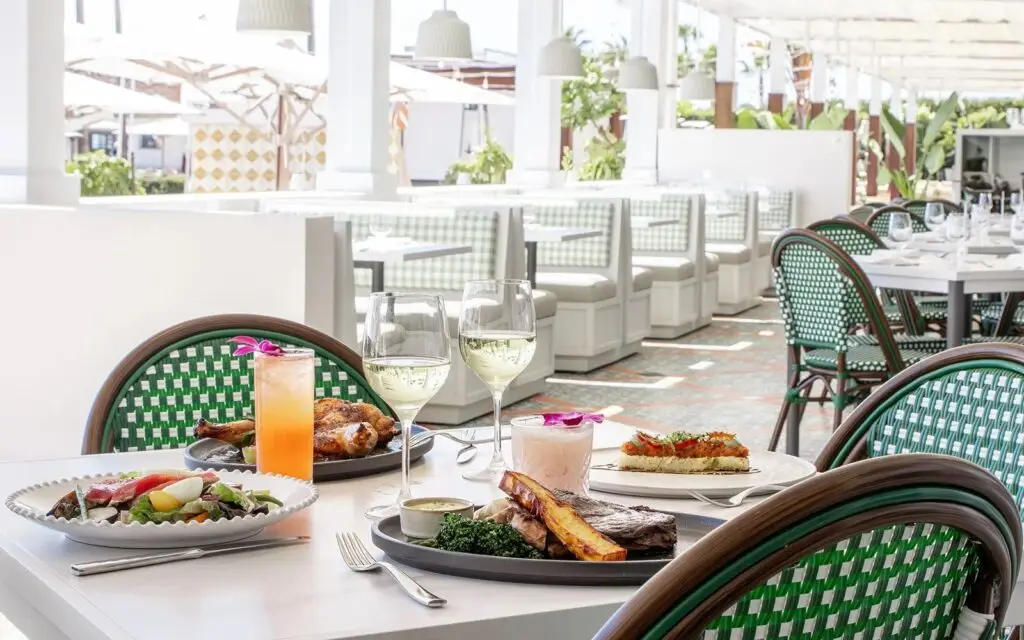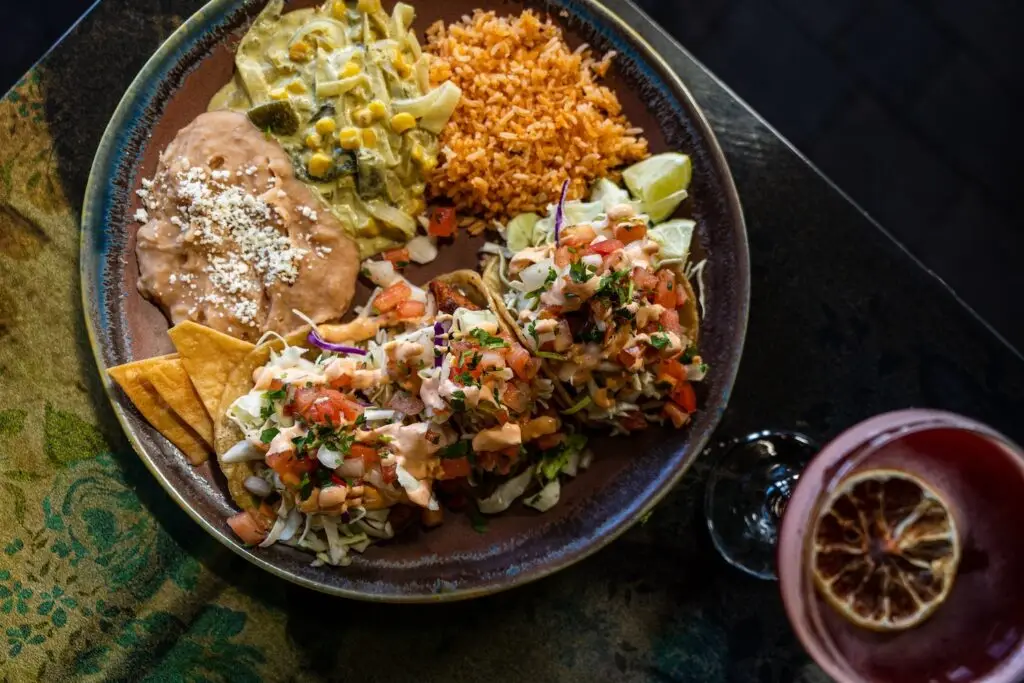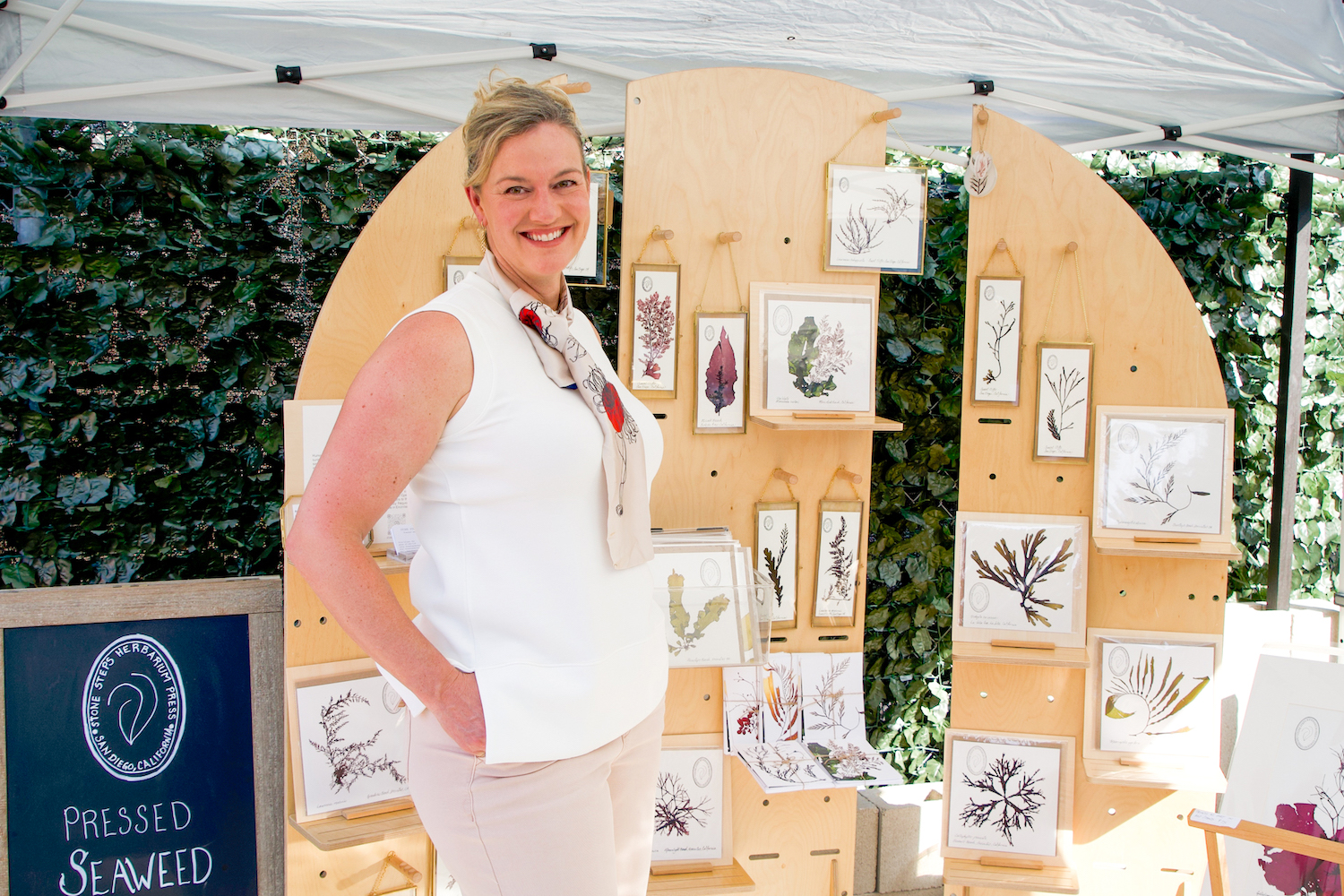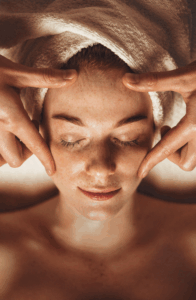Most San Diego beachgoers sidestep the piles of seaweed that collect in the intertidal zone, ignoring the ubiquitous clumps in favor of other beach activities: surfing, ignoring the ubiquitous clumps in favor of other beach activities: surfing, collecting sea glass, admiring the glint of sunlight on the Pacific. But most beachgoers are not Julie Collens. For her, this washed-up wrack is art—or at least the origins of it.
An Encinitas local originally from Canada, Collens first fell for seaweed in college. While taking a botany class on a remote patch of Vancouver Island, she learned to collect and identify different species of kelp and seaweed. “I thought it was really beautiful,” she says, “so I just kept doing it.”
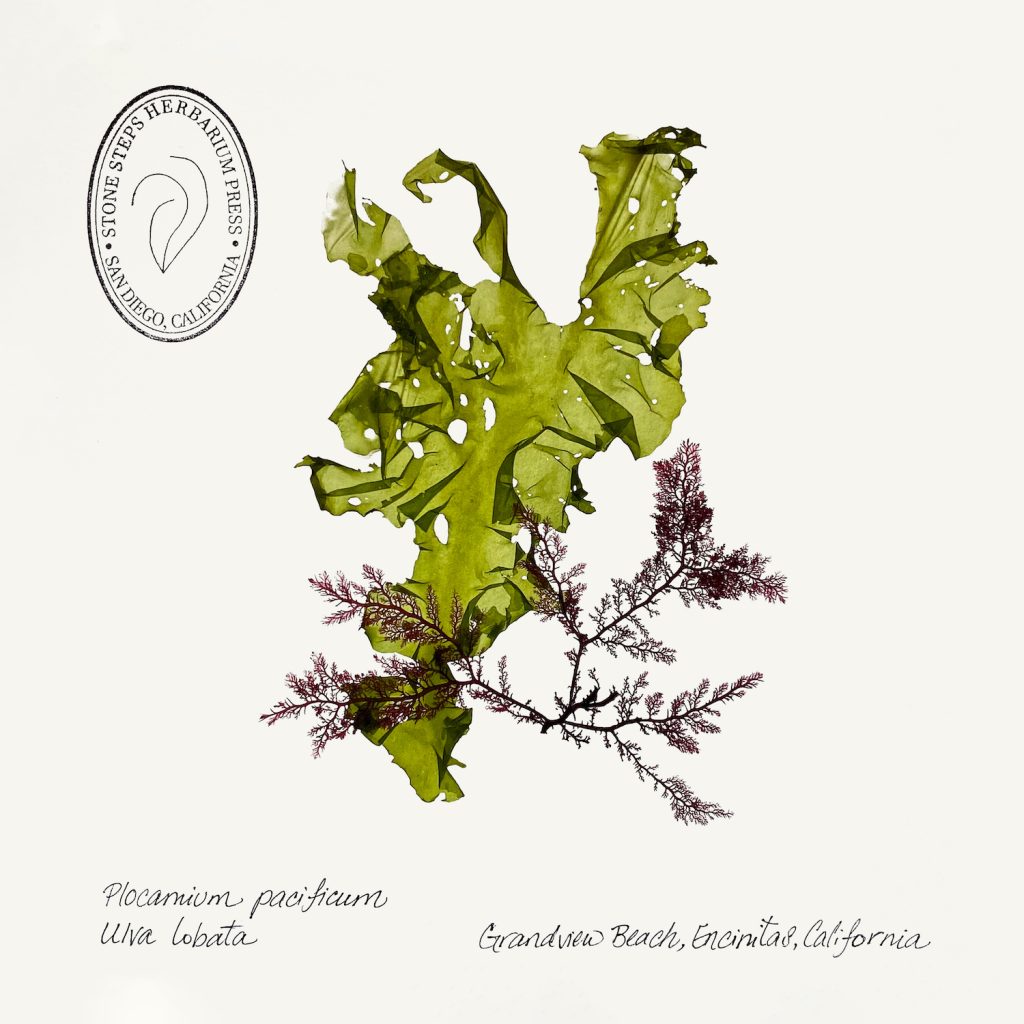
Collens went on to earn a PhD in kelp population genetics and evolutionary biology. Today, she works in biotech and in her spare time runs Stone Steps Herbarium, a small business vending her handmade, original botanical seaweed presses and prints.
Her art depicts the strange and enchanting world of marine plant life. The silhouettes in each print are full of movement. As you gaze at them, you can almost imagine the seaweed undulating in an underwater current. The shapes often appear alien and otherworldly, like preserved samples of extraterrestrial flora.
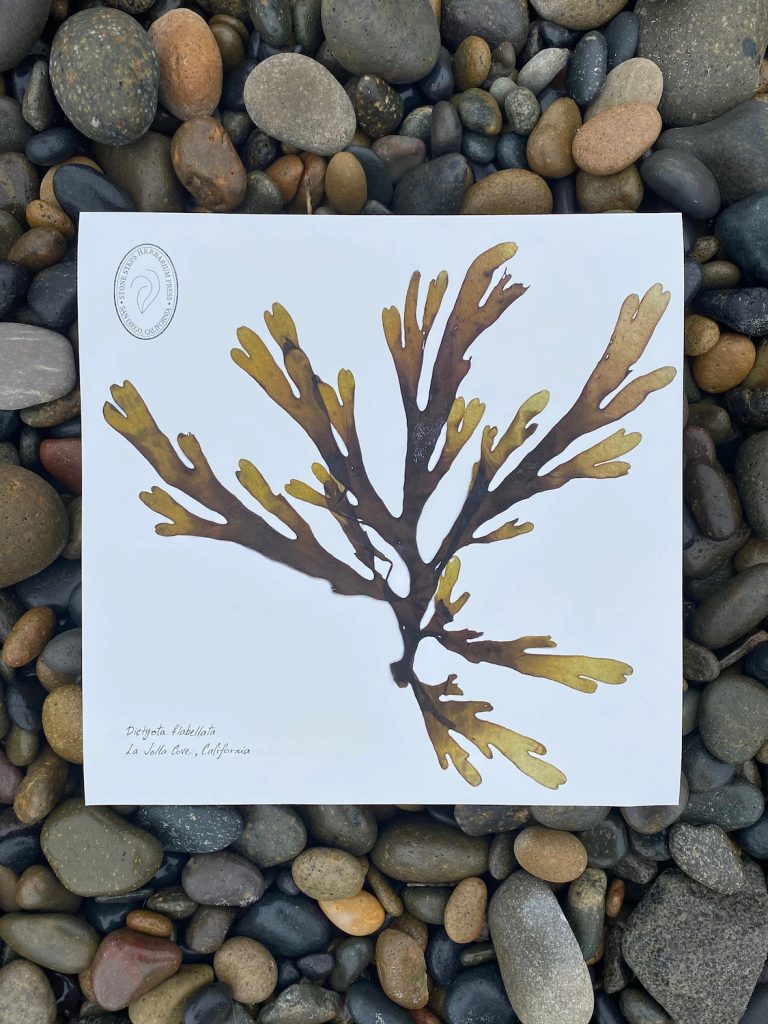
To find her raw materials, Collens waits for low tide and then combs local beaches for fresh seaweed that has washed ashore or detached from rocks. “I just look for things in the piles everybody else walks past,” she says. “I’m looking for [seaweed] that’s fleshy and floppy and hasn’t been beaten up by the sand or by kelp flies.”
Often, she forages on Grandview, Moonlight, and Beacons beaches on early morning strolls. The whole experience, Collens says, is meditative. “There are times when I’ve gone out in the morning and it feels like I’m the only one out there,” she reflects. “You get a sense for what it would have been like when the first people were on the beaches. It’s magical.”
Other favorite foraging locations include Sunset Cliffs and the La Jolla tide pools. But there are beaches from which she never collects, namely any local Marine Protected Areas, where human activity is restricted to conserve wildlife and protect local ecosystems.
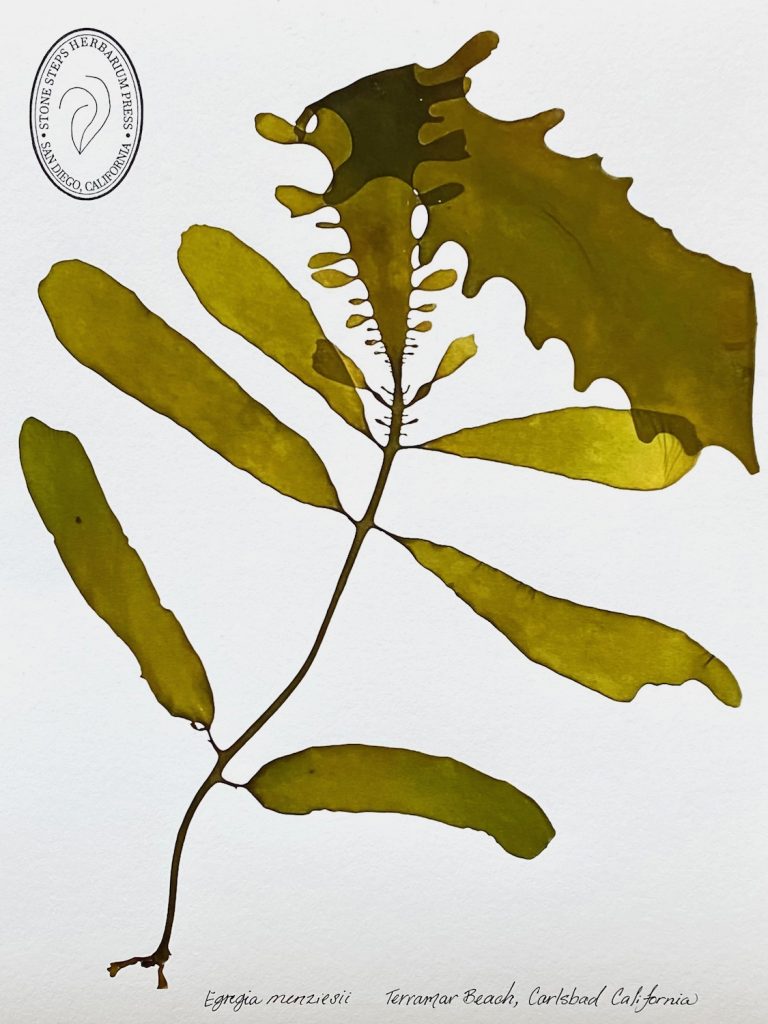
Foraging has given Collens an encyclopedic knowledge of local seaweed species. If she can’t identify a specimen, she turns to reference books or recruits her husband, who earned his PhD in a similar field, to help. “The two of us will nerd out and figure it out together,” she says. Their first date, in fact, was a 6 a.m. foraging excursion. They now have two daughters, and the whole family is involved. The Stone Steps Herbarium production studio is the family’s kitchen table. Her husband and daughters are used to opening the fridge and finding Ziploc bags stuffed with fresh seaweed from the morning’s beachcombing, waiting to become art.
Most academic institutions and natural history museums are home to an herbarium—a library for plants. Storing these specimens requires a scientific process, a standardized way of gathering and pressing and labeling. This is more or less the process Collens follows.
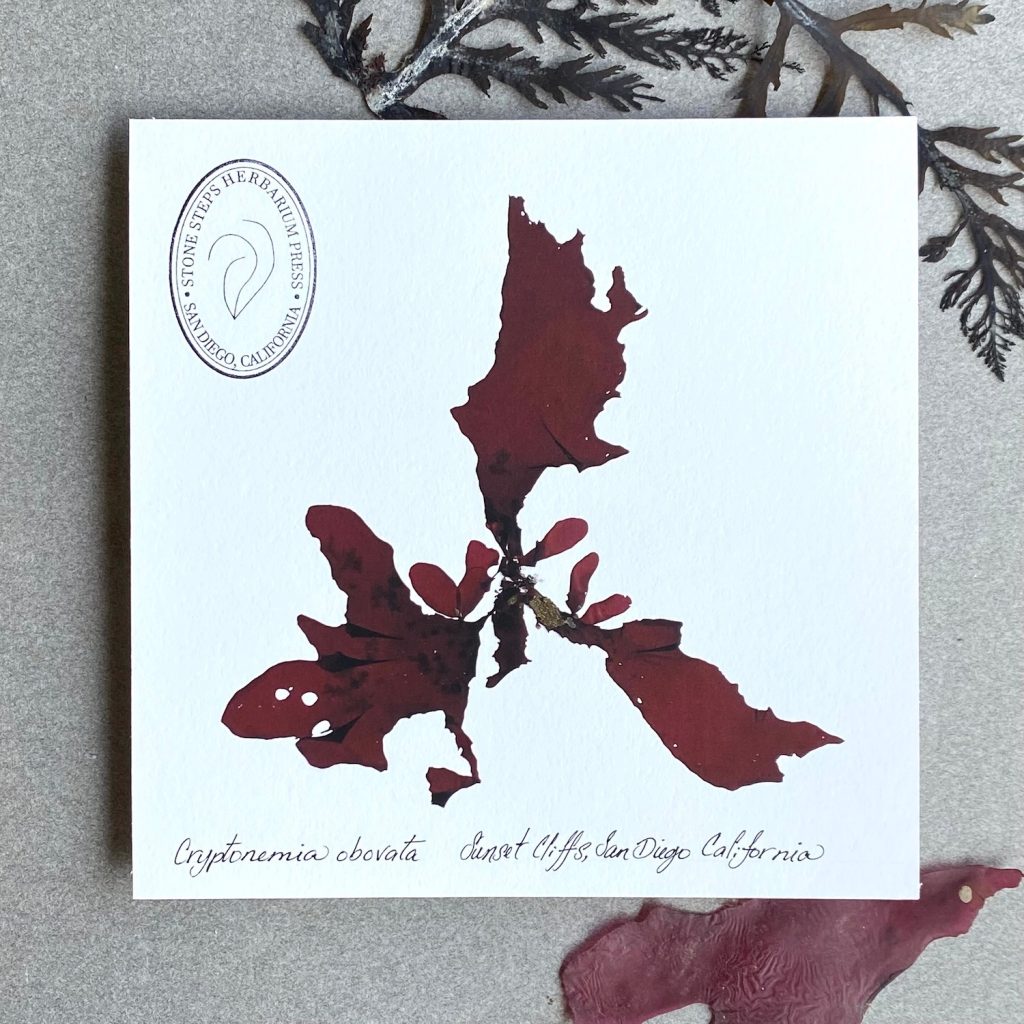
To create prints, she uses a professional-grade plant press. The key, she says, is sourcing healthy specimens and drying them as fast as possible. “If you’re making beef jerky or dried fruit and just storing the meat or fruit on your counter without doing anything else to it, yes, it would rot, and, yes, it would smell terrible,” she explains. “But if you dry those things quickly, then you can preserve them for a really long time.”
The result of this process are prints that capture the diverse structures, textures, and colors of California’s seaweed. They’re beautiful, to be sure—but they’re also educational. This is part of what Collens loves about her work. She gets to introduce people to the fascinating features of local marine plant life and help them identify species that they’d otherwise overlook.
“People are often really surprised when they see my stuff,” she says. “They’re like, ‘Wait, this is all seaweed? I’ve never seen that before.’ I love that it’s something that’s so ubiquitous, that I’m just helping people to recognize that it’s right under their feet.”
